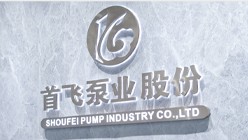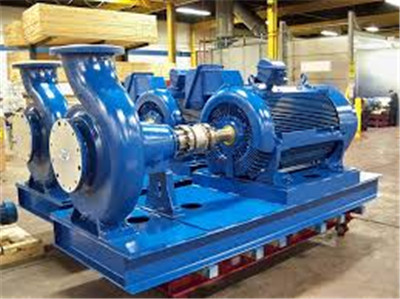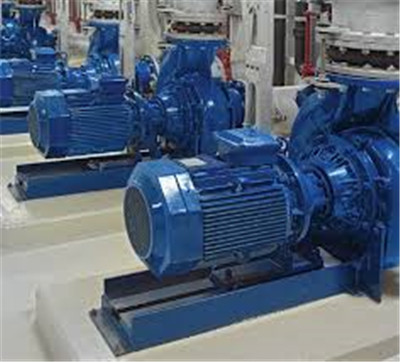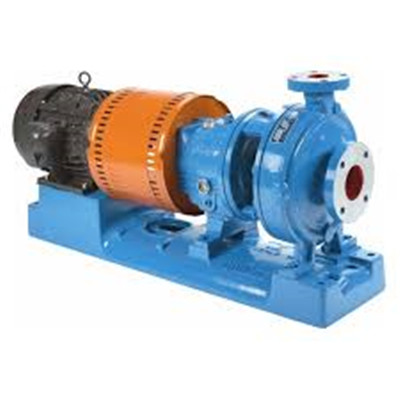How to install vertical end suction pump
Vertical end suction pumps are a type of centrifugal pump that is commonly used in a wide range of industries. They are designed to handle liquids with high solids content and are ideal for use in applications where space is limited.
Installing a vertical end suction pump is a relatively straightforward process, but there are a few things that you need to keep in mind in order to ensure that the installation is carried out correctly. Here are some tips on how to install vertical end suction pumps:
1. Make sure that you have all of the necessary tools and materials before starting the installation.
2. Read the instructions carefully before beginning the installation process.
3. Mount the pump on a level surface using the appropriate mounting bracket.
4. Connect the discharge pipe to the pump outlet using threaded fittings or clamp-type couplings.
5. Connect the suction pipe to the pump inlet using threaded fittings or clamp-type couplings. Make sure that there are no air leaks in the suction piping system.
Common problems and solutions of vertical end suction pump
End suction pumps are one of the most versatile and commonly used centrifugal pumps due to their wide range of capabilities. They are used in a variety of industries for a multitude of applications, such as transferring clean water, waste water, chemicals, oils, and other fluids.
While end suction pumps offer many advantages, they can also experience a few common problems. In this blog post, we will discuss some of the most common problems with end suction pumps and their solutions.
1. Cavitation
Cavitation is one of the most common problems with end suction pumps and can occur when the NPSH (net positive suction head) is too low. When cavitation occurs, it causes damage to the impeller and can lead to pump failure.
The best way to prevent cavitation is by ensuring that the NPSH is sufficient. This can be done by increasing the suction lift or by using a larger diameter suction pipe.
2. Vibration
Vibration is another common problem with end suction pumps and can be caused by a number of
1. Suction Lift:
If you are having issues with your vertical end suction pump not being able to pull water from your source, it is likely due to a problem with the suction lift. The first step is to check the static level of the water in the source. If the static level is too low, then the pump will not be able to pull water from the source. The next step is to check for any blockages in the path of the suction lift. This could be something as simple as a build-up of dirt and debris around the intake valve. If there are no blockages, then it is possible that the problem lies with the pump itself and you will need to contact a professional for further assistance.
2. Pump cavitation:
Pump cavitation is another common problem with vertical end suction pumps. This happens when there is not enough NPSH (net positive suction head) available to prevent vaporization of the liquid inside the pump. This can cause damage to the pump and reduce its efficiency. To avoid this problem, make sure that you have enough NPSH available at all times.






















